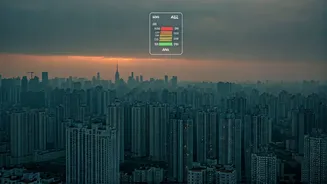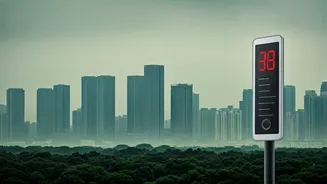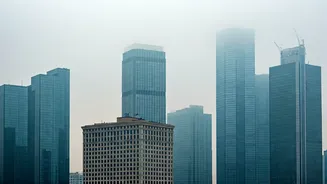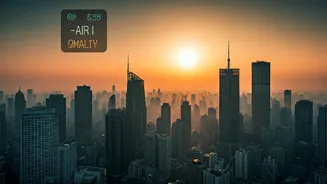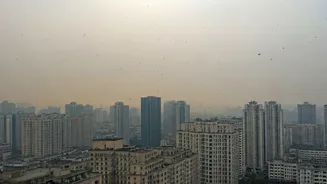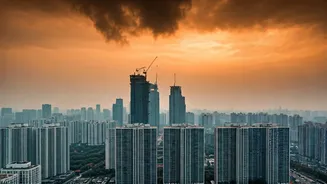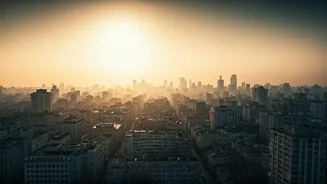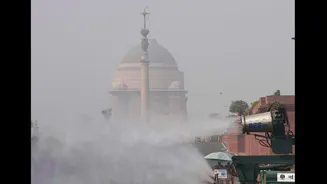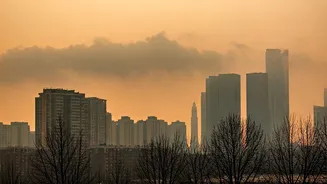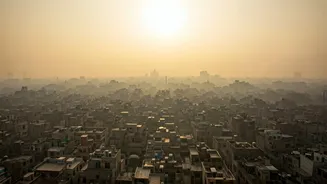Diwali's Aftermath
Following Diwali celebrations, Delhi faced a grim environmental situation, as the Air Quality Index (AQI) reached 'severe' levels. The festivities, marked
by firecrackers and other sources of pollution, significantly contributed to the deterioration of air quality. This led to widespread concerns among residents, who reported physical discomfort and a general feeling of unease. The city's air became visibly hazy, and breathing became a challenge for many, particularly those with respiratory issues.
AQI: A Deep Dive
The AQI, a crucial indicator of air quality, climbed to levels that posed significant health risks. 'Severe' AQI indicates that the air contains high concentrations of pollutants, including particulate matter, nitrogen dioxide, and other harmful substances. Prolonged exposure to this type of air can trigger or worsen respiratory problems, cardiovascular issues, and other health complications. The specific pollutants and their concentrations varied across different parts of Delhi, but the overall trend showed a stark decline in air quality, with almost all areas experiencing dangerous levels.
Residents' Experiences
The residents of Delhi experienced a palpable impact on their daily lives. Many reported symptoms such as burning throats, eye irritation, and difficulty breathing. Social media platforms were flooded with expressions of concern and frustration, with citizens describing the city as a 'gas chamber'. This reflected the acute distress felt by individuals and families, who were forced to take precautions, such as staying indoors and using air purifiers, to protect themselves from the toxic air. The severity of the situation prompted many to call for stricter enforcement of pollution control measures.
City's Response
While the article does not detail the city's response, one could infer a complex response, which usually involves a combination of regulatory measures, public health advisories, and public awareness campaigns. The government may have issued warnings about the risks associated with exposure to the poor air quality and encouraged residents to take necessary precautions. Furthermore, there might have been efforts to monitor the pollution levels in real-time, implement temporary restrictions on certain activities, and take steps to mitigate the sources of pollution, such as industrial emissions or vehicular traffic. The success of these efforts would have depended on effective implementation and the cooperation of all stakeholders.
Looking Ahead
The episode highlights the urgent need for long-term strategies to combat air pollution in Delhi. Addressing the root causes, like industrial emissions, vehicle pollution, and waste management practices, is crucial for improving air quality. Sustainable solutions might include investing in public transportation, promoting the use of cleaner fuels, and implementing stricter environmental regulations. Furthermore, public awareness and participation are essential for driving change and creating a healthier environment for all residents of the city. The post-Diwali AQI levels served as a stark reminder of the challenges that Delhi faces and the importance of collective action.
